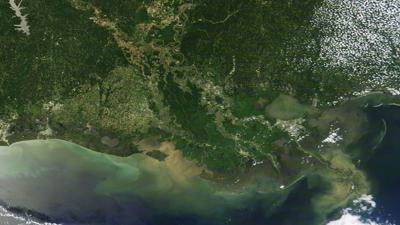The Aquaculture America conference was held recently in New Orleans. This conference promoted fish farming as a so-called “food of the future.”
While value-based aquaculture methods like oyster farming can offer communities a responsible source of seafood, proposed offshore fish farms would pollute our working waterfront communities. They require massive corporate financing and threaten community-based fishermen who provide the local seafood that is so integral to our culture and economy.
Two offshore industrial fish farms have started the permitting process in the Gulf of Mexico, and the federal government has begun establishing “Aquaculture Opportunity Areas” to fast-track permitting additional facilities. We already have a “dead zone” that reappears each summer, fueled by nitrogen and phosphorus pollution.
These farms would directly release untreated fish waste, feed and other pollutants. They also are a breeding ground for parasites and diseases and compromise wild fish through farmed fish escapes.
Rather than promoting a harmful industry, the government should be investing in our hard-working fishermen who are already reeling from the impacts of hurricanes, fuel prices and foreign competition.
RALEIGH HOKE
New Orleans

